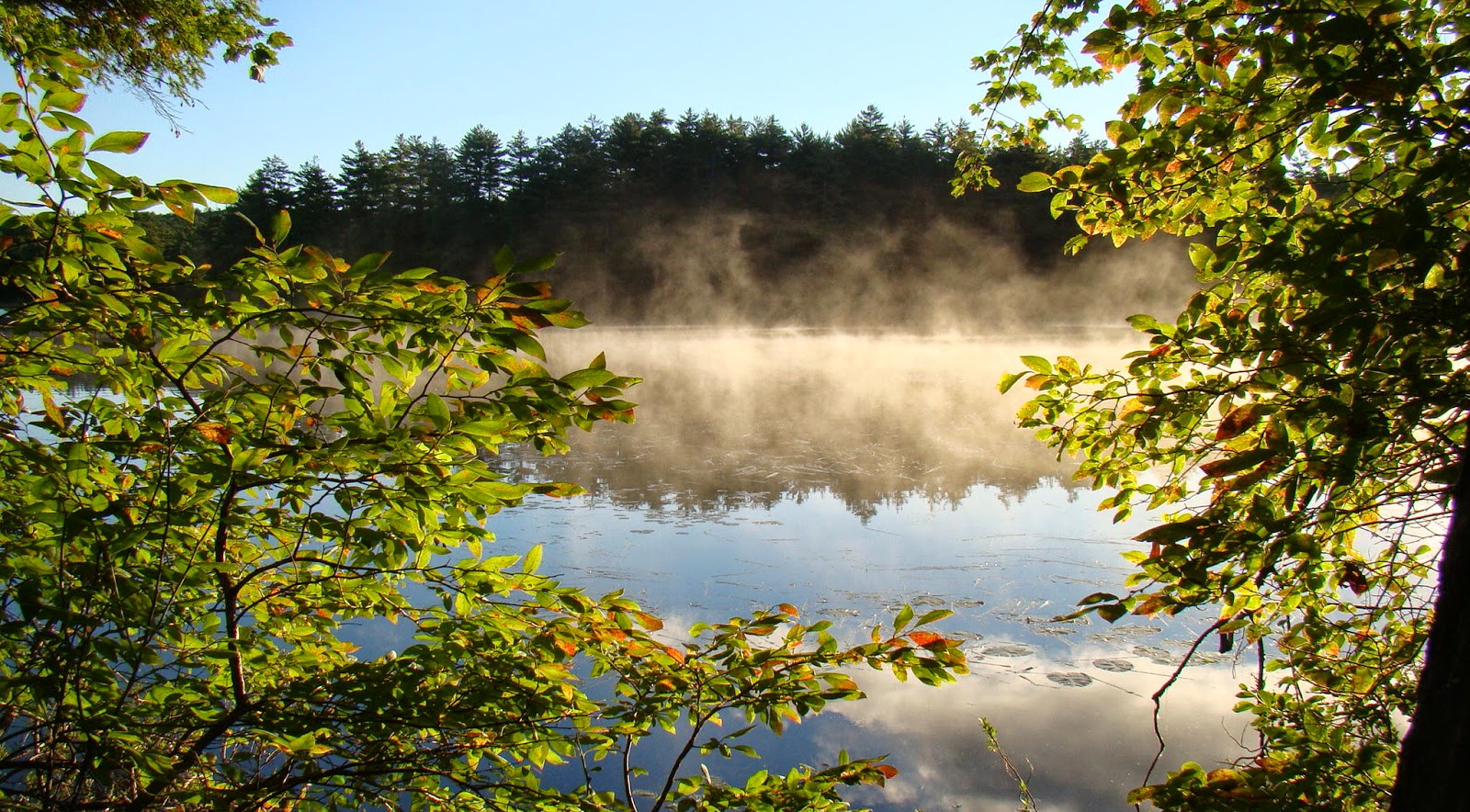I zoomed in to get a close picture too help identify what kind of fungus it was. It is quite interesting with blossom-like forms and curly filaments.
When I started my research into fungus I quickly got the message that it's not fungus at all, but rather an insect! Not ready to believe it, I went back to the tree to investigate further. Scraping a bit off the tree and onto my hand (quite easily - it came right off) I realized that in fact, that's what it is. It is a colony of Woolly Alder Aphids. There were large adult aphids
 |
| Wooly Alder Aphids (Paraprociphilus tesselatus) |
and much smaller aphids that must have just recently been born.
 |
| Young aphids, one already growing its fuzz |
I learned a lot about aphids in the process, and these are not all that different from the aphids that live on our house plants, except for their defense mechanism. This aphid grows a waxy substance on its back that discourages predators from eating it, as predators don't like the fluffy stuff on them.
 |
| Waxy Growth for Protection from Predators |
In the summer when food is plentiful - consisting almost exclusively of the sap of alder trees - they bear many, many live young asexually. Only as winter approaches do the females need a male to lay eggs to winter over. As they mature, some will grow wings so they can fly. In the spring they feed on maples which have more nutritious sap early in the year, later flying to alders with their protective white cottonballs attached. I believe this time of year they will be flying back to maple trees to lay their eggs. I'm going to keep my eye open for that sight! Here's another interesting item: these aphids are also protected by ants (sure enough, there were ants crawling all up and down the tree) and in return, the aphid will release a drop of tree sap when an ant strokes the aphid with its antenna. You just can't make this stuff up! You can read about this and more on a good short summary of Woolly Alder Aphids I found on the Brevard College website: (Click Here)
Enjoying the early colors of fall one morning at the edge of the lake I was suddenly startled with a large splash as a loon popped up out of the water right in front of me.
He was as startled as I was, as it saw me, and swam away calling with alarm. I soon found out why, when the young chip popped up too.
Dad called him over and they calmly swam away from the intrusion into their quite morning.
Remember the tiny snake from last week? This week I came across what I expect is one of its siblings. In the same general area another Brown Snake was slithering around - odds are it wasn't the exact same one, but there probably weren't two litters born that close together. At any rate, it had grown a lot in just a week; plenty for snakes to eat this time of year as well.
 |
| Brown Snake |
I hope wherever you were you were able to get out and enjoy the fabulous weather this weekend - our new loon did!



























